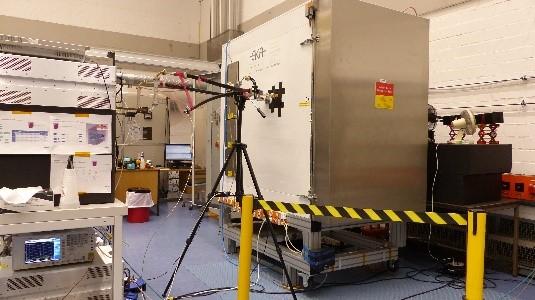Test methodology investigations and parameters influencing Passive InterModulation (PIM) interference

The objectives of this activity are the identification and study of all parameters having a direct influence on the generation and the amplitude of passive intermodulation. The outcome of these investigations will be used as baseline for the initiation of the related standard providing industry and Agencies with an agreed test methodology and justified margins allowing reliable qualification of space hardware.
Passive intermodulation is a real threat to all types of payloads. In some cases, it could even lead to total lost of the spaceship. Despite of this, there is very weak understanding of the parameters that generate this unwanted interference as well as their influence in the amplitude of the interfering signal. In addition, there is a total lack of agreed testing techniques, procedures and methodologies as well as justified test margins, as has already been recently stated by the European community (National Delegations, satellite operators and Eurospace). The activity shall assess the impact that radio frequency parameters have on the generation and strength of passive intermodulation interference as well as those emerging variables related to the space environment. In particular, the study will focus on the variation in the amplitude of the interference signal versus: - Frequency band (from L to K bands), transmitted power and number of carriers - PIM order - Signal characteristics (Continuous wave, pulsed or modulated) - Temperature (ramping), pressure and type of material (at flange or connector) The work shall also cover all possible scenarios (i.e. conducted such as filters, cables, etc. and radiated such as antennas) where PIM can become a threat to space missions. It will define testing techniques and procedures for all these test cases with strong emphasis on test margins supported and justified with actual test data.
